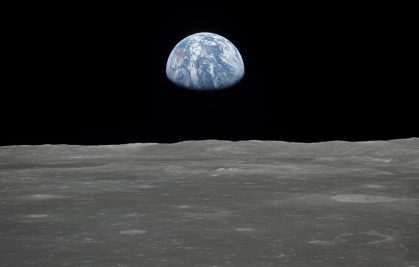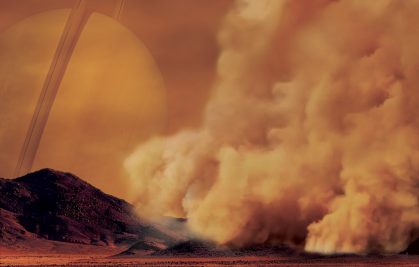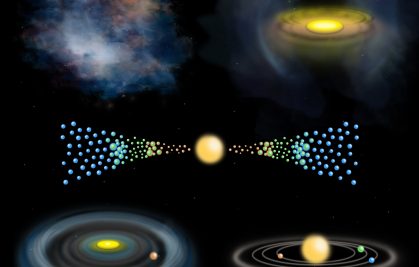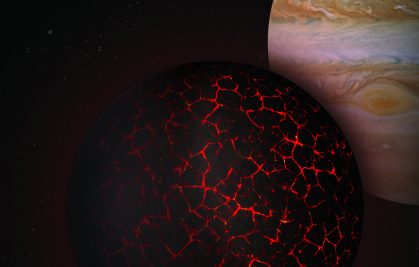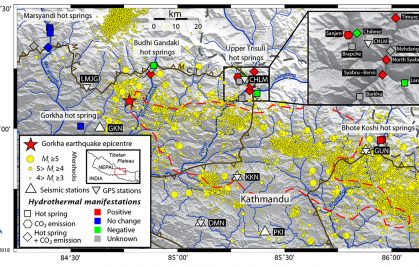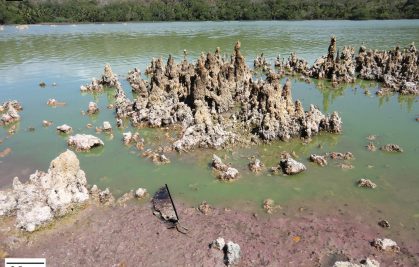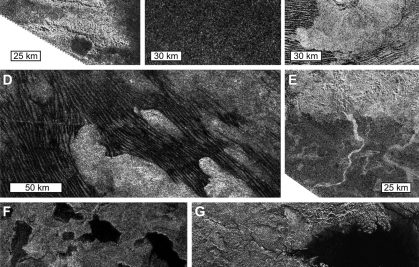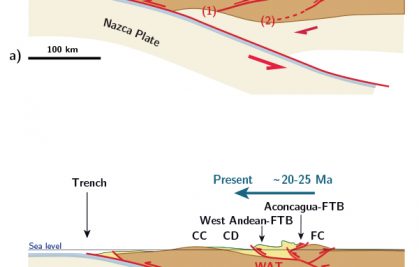News

14 October 2018
Awards and Distinctions, Institute Life, Press, Research
Albert Tarantola receives the 2018 Maurice Ewing Medal posthumously from SEG
The Society of Exploration Geophysicists (SEG) awarded Albert Tarantola the 2018 Maurice Ewing Medal, its highest accolade, at its 88th International ...





